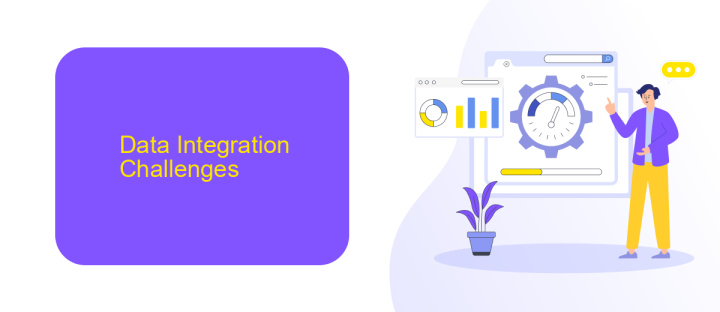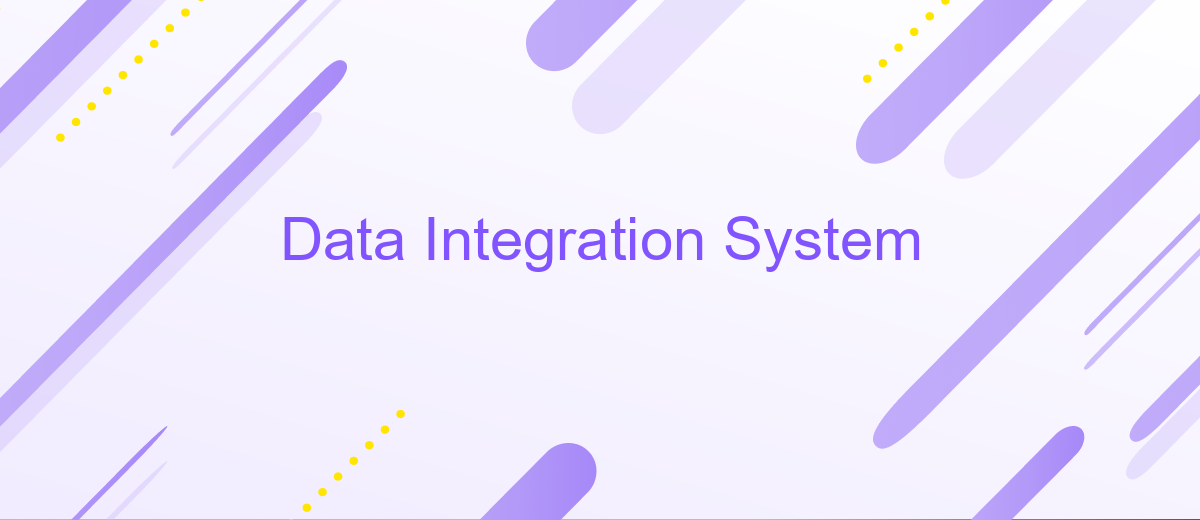Data Integration System
In today's data-driven world, businesses rely on seamless data integration systems to consolidate information from diverse sources into a unified view. These systems enable efficient data management, enhance decision-making processes, and drive operational efficiency. This article explores the key components, benefits, and best practices of implementing a robust data integration system to unlock the full potential of your organization's data assets.
Introduction
Data integration systems are essential tools for modern businesses, enabling seamless connectivity and data flow between disparate systems. These systems help organizations consolidate data from various sources, ensuring that information is accurate, up-to-date, and accessible for decision-making processes. With the growing complexity of IT environments, the need for efficient data integration solutions has never been more critical.
- Streamlined data management
- Enhanced data accuracy and consistency
- Improved operational efficiency
- Better decision-making capabilities
One of the leading services in facilitating data integration is ApiX-Drive. This platform offers a user-friendly interface for setting up integrations without requiring extensive technical knowledge. ApiX-Drive supports a wide range of applications and automates data transfer, reducing manual effort and minimizing errors. By leveraging such services, businesses can achieve more efficient data workflows and focus on strategic initiatives.
Data Integration Challenges

Data integration presents several challenges, primarily due to the diversity and complexity of data sources. One of the main difficulties is ensuring data consistency and accuracy when merging information from multiple systems. Disparate data formats, varying data quality, and different update frequencies can lead to inconsistencies and errors. Additionally, managing data privacy and security during the integration process is critical, as sensitive information must be protected across all platforms involved.
Another significant challenge is the technical and operational complexity of setting up and maintaining integrations. Many organizations struggle with the lack of standardized protocols and the need for custom solutions to bridge gaps between systems. Services like ApiX-Drive can simplify this process by providing pre-built connectors and automated workflows, reducing the need for extensive manual coding. However, even with such tools, ongoing monitoring and maintenance are essential to ensure seamless data flow and to address any issues promptly.
Benefits of a Data Integration System

A Data Integration System offers numerous advantages for businesses looking to streamline their operations and improve data management. By consolidating data from multiple sources into a single, unified view, organizations can achieve greater efficiency and accuracy in their decision-making processes.
- Improved Data Accuracy: Data integration ensures that information from various sources is consistent and up-to-date, reducing the risk of errors.
- Enhanced Efficiency: Automating data integration processes saves time and resources, allowing employees to focus on more strategic tasks.
- Better Decision-Making: Access to comprehensive and real-time data supports more informed and timely business decisions.
- Cost Savings: Reducing manual data handling lowers operational costs and minimizes the risk of costly mistakes.
- Scalability: A robust integration system can easily scale with the growth of your business, accommodating new data sources and increasing data volumes.
For businesses seeking to simplify the setup of their data integrations, services like ApiX-Drive can be invaluable. ApiX-Drive offers a user-friendly platform that enables seamless integration of various applications and data sources, ensuring that your business data is always synchronized and accessible.
How to Choose a Data Integration System

Choosing the right data integration system is crucial for ensuring seamless data flow and accessibility across your organization's various platforms. Start by assessing your specific business needs and identifying the types of data sources you need to integrate. Consider the volume, variety, and velocity of data to ensure the system can handle your requirements.
Evaluate the system's compatibility with your existing infrastructure. It's essential to choose a solution that integrates smoothly with your current software and hardware. Look for systems that offer robust security features to protect sensitive data and ensure compliance with industry standards.
- Scalability: Can the system grow with your business?
- Ease of use: Is the system user-friendly and easy to manage?
- Support: Does the provider offer reliable customer support?
- Cost: Is the system cost-effective and within your budget?
- Integration capabilities: Does it support a wide range of data sources?
Consider using services like ApiX-Drive, which simplifies the integration process by connecting various applications and automating data workflows. This can save time and reduce the complexity of managing multiple integrations, allowing you to focus on leveraging your data for business growth.
Conclusion
In conclusion, the implementation of a robust Data Integration System is crucial for modern enterprises seeking to streamline their operations and enhance data-driven decision-making. By consolidating disparate data sources into a unified platform, businesses can achieve greater data accuracy, improved efficiency, and more insightful analytics. The integration process, while complex, can be significantly simplified through the use of specialized services and tools designed to manage and automate these tasks.
One such service, ApiX-Drive, offers a comprehensive solution for setting up and managing data integrations with ease. By leveraging its user-friendly interface and extensive compatibility with various applications, organizations can reduce the time and resources required to establish seamless data flows. Ultimately, adopting a sophisticated Data Integration System, supported by tools like ApiX-Drive, empowers businesses to harness the full potential of their data, driving innovation and competitive advantage in an increasingly data-centric world.
FAQ
What is a Data Integration System?
Why is Data Integration important?
How does a Data Integration System work?
What are the common challenges in Data Integration?
Can Data Integration be automated?
Apix-Drive will help optimize business processes, save you from a lot of routine tasks and unnecessary costs for automation, attracting additional specialists. Try setting up a free test connection with ApiX-Drive and see for yourself. Now you have to think about where to invest the freed time and money!

